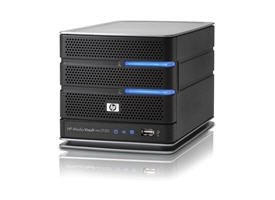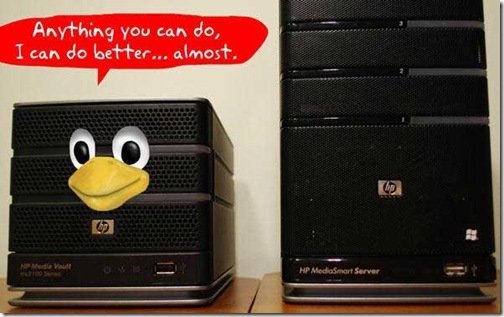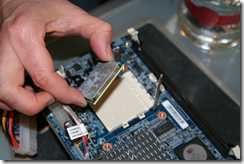By
Philip Churchill on March 27th, 2008
Introduction
Windows Home Server uses Volume Shadow Services (VSS) to support Previous Version functionality for files stored in Shared Folders on the home server. The Home Server normally triggers a snapshot every 12 hours, enabling users to access previous versions of files stored in Shared Folders on your home server. This is archived through the Previous Versions functionality available in Windows client operating systems introduced with XP with SP1, Server 2003 and in all releases of Microsoft Windows thereafter.
What is VSS?
The feature VSS, also known as Shadow Copy or Previous Versions takes snapshots of files and folders either on a scheduled basis, or at the request of a program.
What is it used for?
VSS has several uses. First, it can be used by a program to “freeze ” the state of all files on a disk in order to get a consistent slice while other programs are potentially writing to the disk. This is particularly useful for software like backup programs, as it is very important that a backup be consistent in order for a restore to be successful. Second, it can be used to take a snapshot of a file at a point-in-time, in order to roll back to that point to a later date. This allows “undoing” a change, such as modifying or deleting a file or folder. This is called “Previous Versions” functionality.
What about Windows Server?
The WHS backup tool uses VSS on a client PC in order to obtain a consistent slice as described above. On the server, VSS is used in the shares to support the ability to “roll back” changes in the shares.
What about the recent FAQ posting
it turns out that there’s a bug in the way VSS is handled on servers with two or more drives. On such servers, it’s possible that “Previous Versions” will be shown, but will be inaccessible or a “Cannot copy <filename>: Invalid file handle” error message will be displayed when attempting to copy or restore a previous version of a file or folder.
There’s also a loosely related bug which only affects HP and other OEM servers. Because of the way the servers are prepared for duplication, VSS is turned off when they are shipped from the factory.
What can be done by WHS users?
Microsoft is aware of this problem and are researching it. While it’s possible for a user to turn on VSS, it’s probably not desirable because of the issue with multi-drive servers. For the time being, a WHS user should be aware of the issue, and not rely on “Previous Versions” functionality on the server.
Remember that the issue only occurs if certain conditions are true (see the FAQ: Previous Versions for files on Windows Home Server Shared Folders may not function correctly on the WHS Forum by Ken Warren).
If VSS is turned ON, how do I turn it OFF?
On the HP MediaSmart Server VSS is turned off for all partitions. To turn it off on other hardware you will need to Remote Desktop into your Home Server and start regedit. (WARNING: If you don’t know what regedit is, then do not follow these guidelines as you could render your WHS inoperable)
Open the following location in the registry:
HKEY_LOCAL_MACHINE\SOFTWARE\Microsoft\Windows Home Server\Storage Manager\Volumes
You will find a GUID for each volume. Turn it off by setting the SnapPeriod key for that volume to 0 from the default 43200000 (milliseconds is 12h) . By default, it’s only enabled for the D: partition.
Finally a re-boot of the server will be required.
Many thanks to fellow WHS MVP Ken Warren for additional information for this article.









